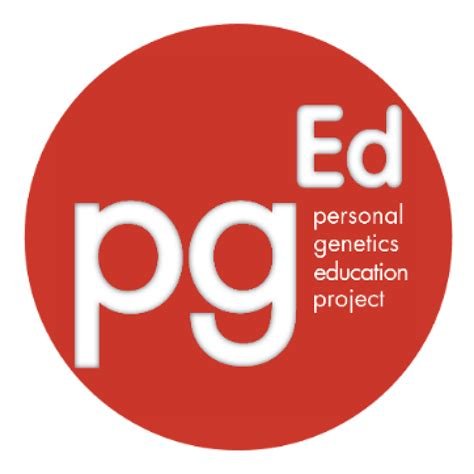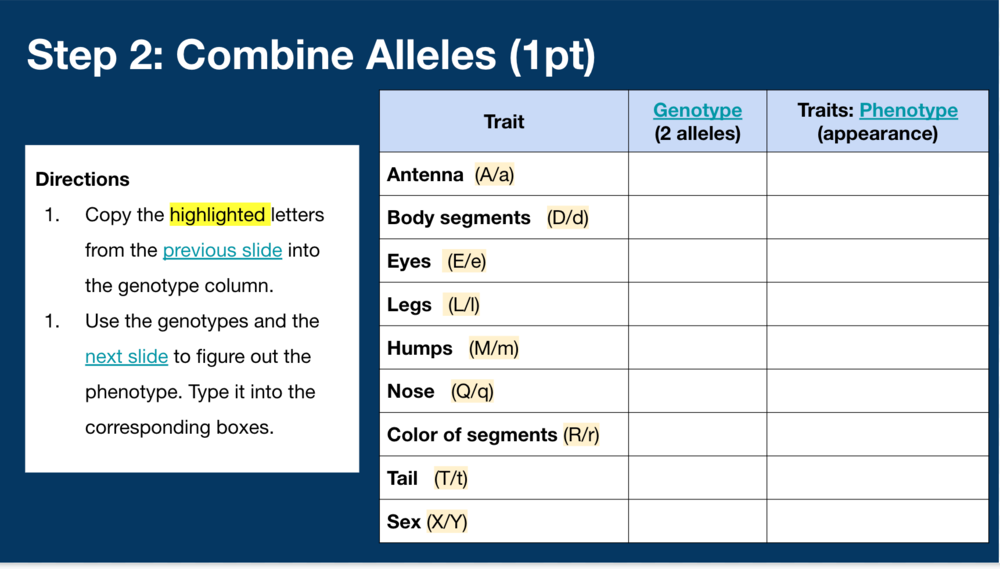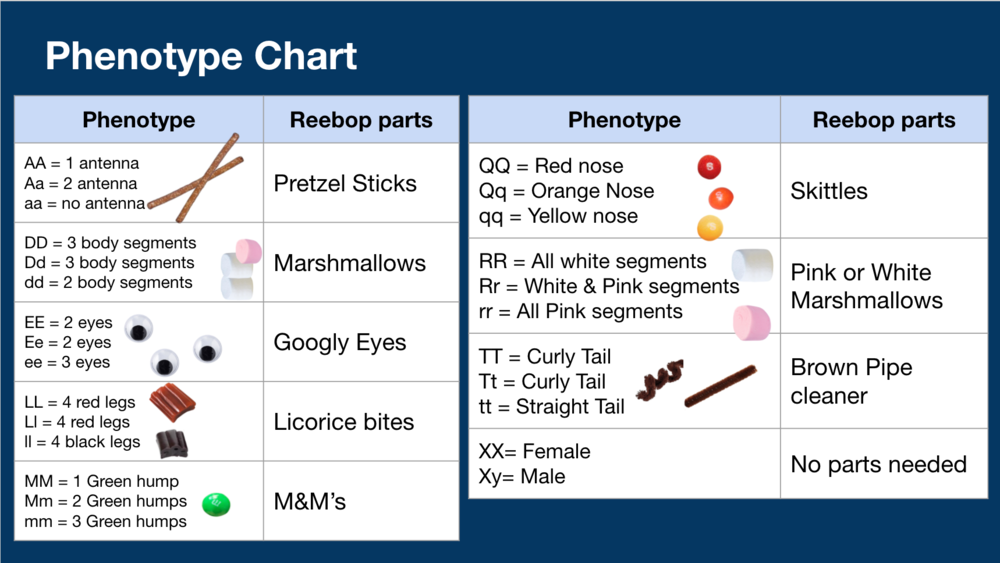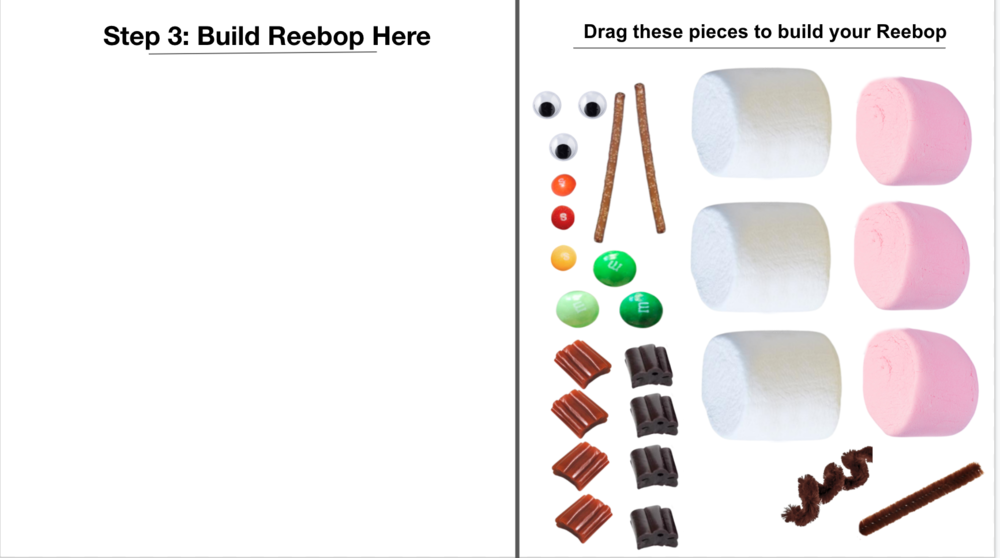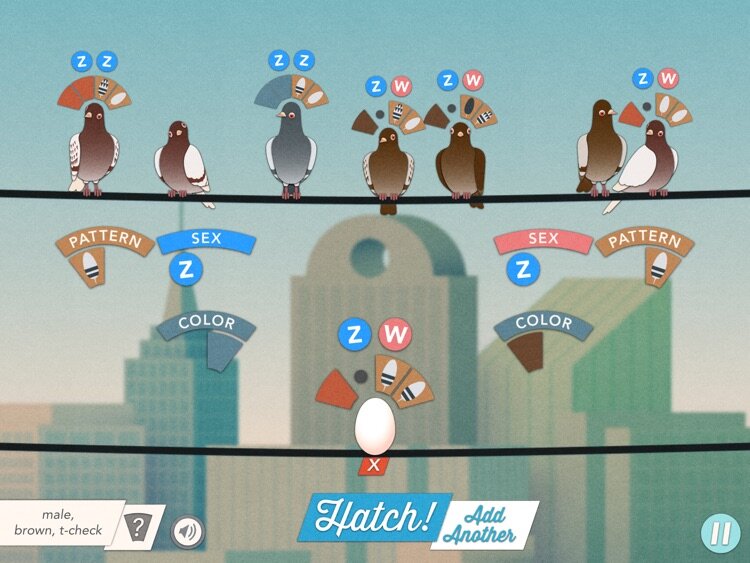Emily Quinn, an intersex activist, delivered this 14-minute talk at the TedWomen 2018 event. Emily tells her personal story and discusses the little-known truth that biological sex is a spectrum and not a binary. This is true whether we measure biological sex by chromosomes, hormones, gonads, or external genitalia. She dispels the myth of intersex people as extremely rare outliers, and humanizes diversity in biological sex.
It's rare to meet an intersex person that hasn't been operated on. Oftentimes, these surgeries are done to improve intersex kids' lives, but they usually end up doing the opposite, causing more harm and complications, both physical and emotional. I'm not saying that doctors are bad or evil. It's just that we live in a society that causes some doctors to "fix" those of us who don't fit their definition of normal. We're not problems that need to be fixed. We just live in a society that needs to be enlightened.
This video is uploaded to Youtube but its mature content tag makes it inaccessible through some school internet filters. Alternatively, TED.com page contains the video, transcript in 24 languages, and further reading list.
